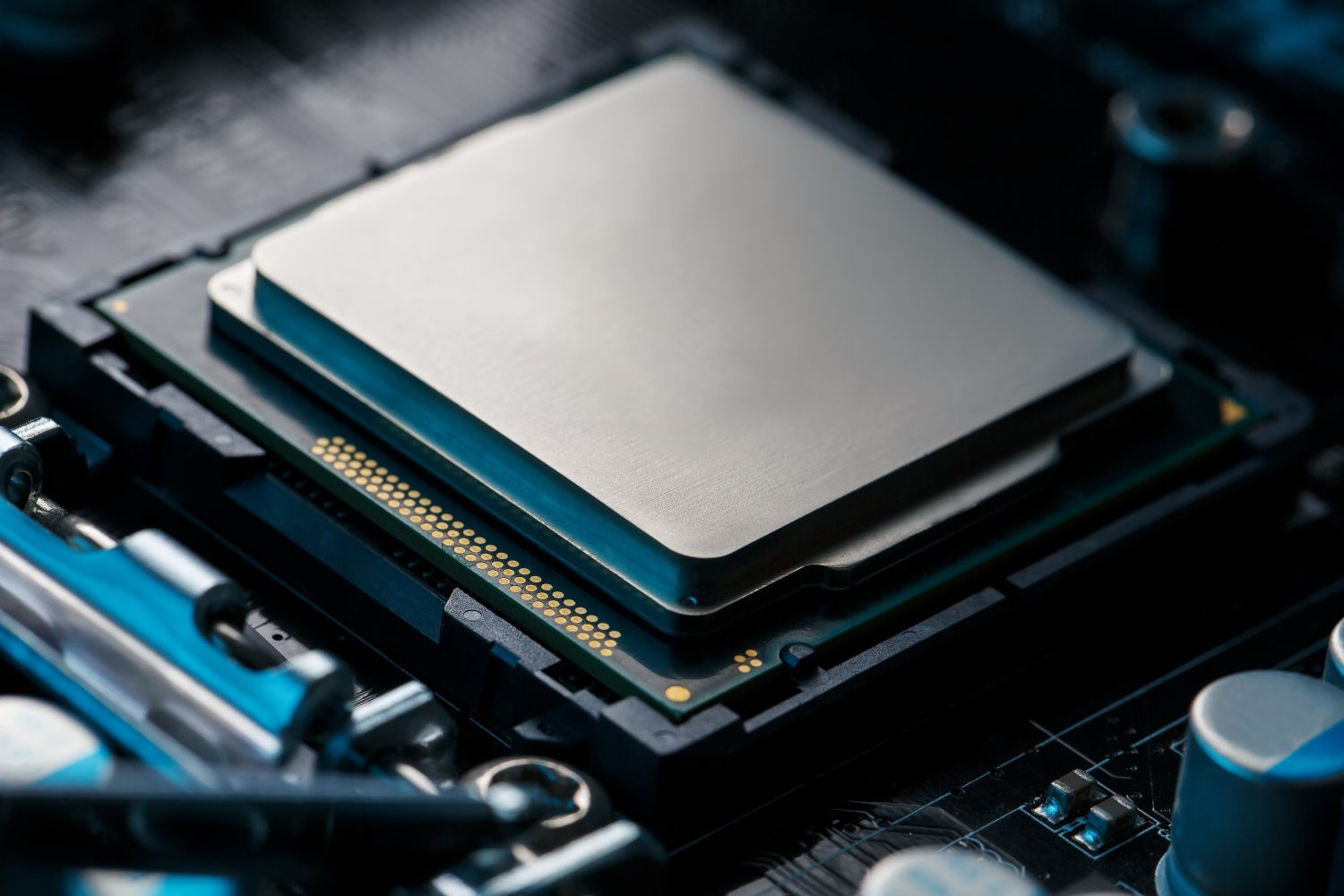A groundbreaking new method promises to reshape the way we manufacture nanoscale electronic components. It could offer a faster, cheaper, and more reliable alternative to traditional chip-making techniques. Developed by a team at North Carolina State University, this innovative approach uses liquid metal that can self-assemble into precise, functional structures.
The process starts with a special alloy called Field’s metal, made of indium, bismuth, and tin. When placed next to a mold and exposed to oxygen, the liquid metal forms a thin oxide layer on its surface. A ligand solution is then introduced, which pulls metal ions from this layer.
Thanks to capillary action, these ions act like tiny magnetic building blocks, flowing through channels in the mold to form orderly structures, just like wires. What makes this liquid metal so remarkable is its simplicity and efficiency.
Traditional chip manufacturing involves dozens of intricate steps, often at significant cost and with a high rate of defects. In contrast, this technique produces highly uniform structures with minimal waste by simply shaping the material within a mold. Once the structures are formed, they’re heated to 600 degrees Celsius, causing the material to fuse into robust semiconductor wires.
Then, a graphene coating naturally forms to enhance electrical conductivity and prevent degradation. So far, the researchers have demonstrated the creation of functional diodes and transistors with wire diameters as small as 44 nanometers — a scale small enough for advanced electronics.
The graphene coating helps add another layer of versatility, allowing the team to fine-tune the electrical properties of the components for specific applications, including optoelectronics. Beyond its technical capabilities, the liquid metal method is scalable.
By adjusting the size of the mold, manufacturers could potentially produce vast arrays of nanoscale devices at a fraction of the current cost. While it may not yet compete with atomic-scale resolutions achieved by industry giants like TSMC, the technology’s potential for mass production and high yield could make it a game-changer.
As the electronics industry continues to demand faster, smaller, and more efficient components, this innovative process could be the key to meeting those challenges.
The post Liquid metal self-assembles into electronics with this crazy new manufacturing process appeared first on BGR.
Today’s Top Deals
Cyber Monday iPad deals start at $199 in 2024
Amazon gift card deals, offers & coupons 2024: Get $450+ free
Best Black Friday deals 2024: Ultimate roundup
Early Black Friday deals: $154 AirPods Pro 2, $250 iPad 10, $150 Lenovo Chromebook, $10 LifeStraw, more
Liquid metal self-assembles into electronics with this crazy new manufacturing process originally appeared on BGR.com on Sat, 7 Dec 2024 at 09:01:00 EDT. Please see our terms for use of feeds.
